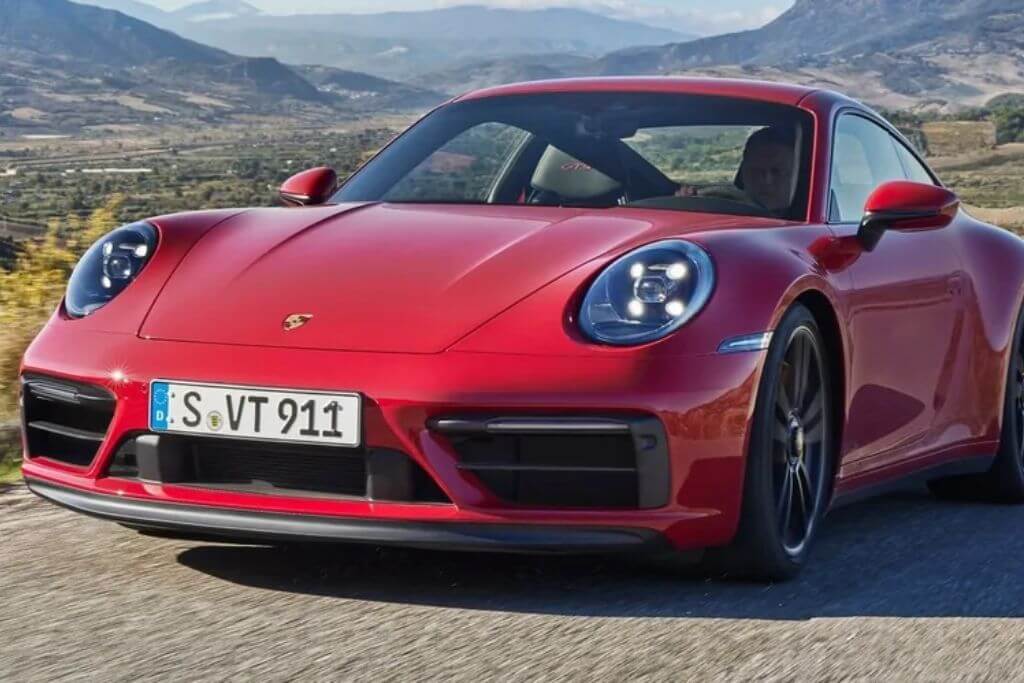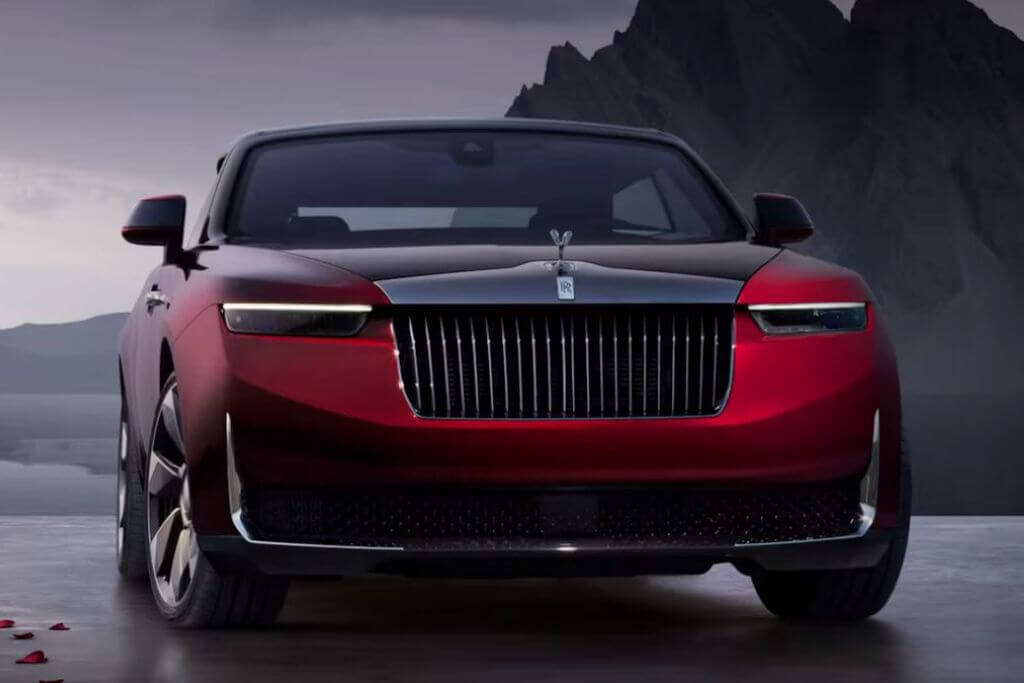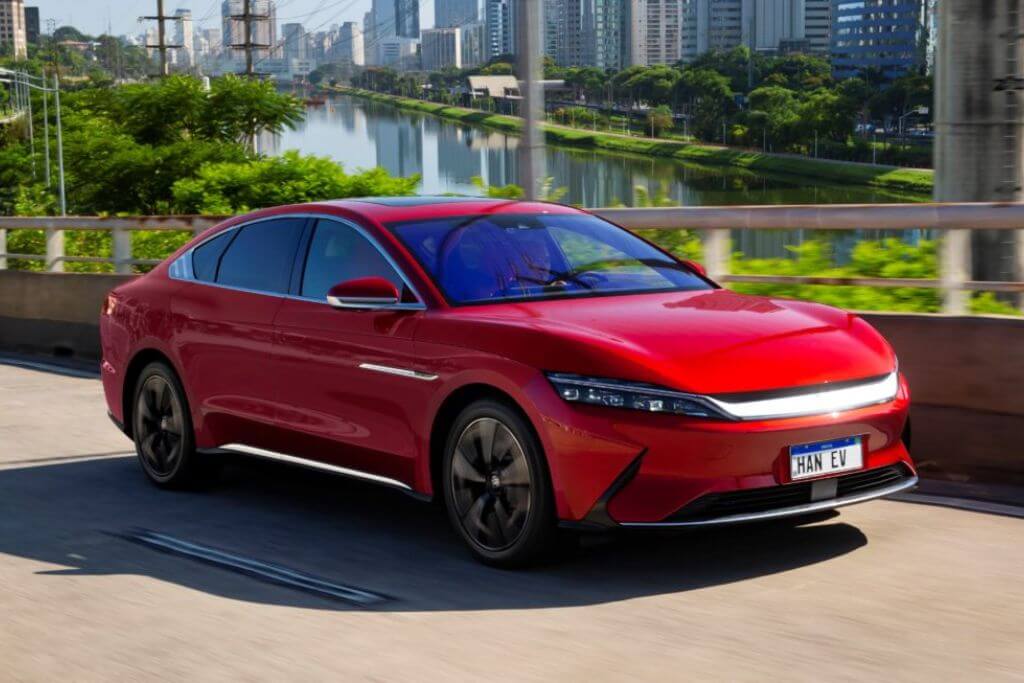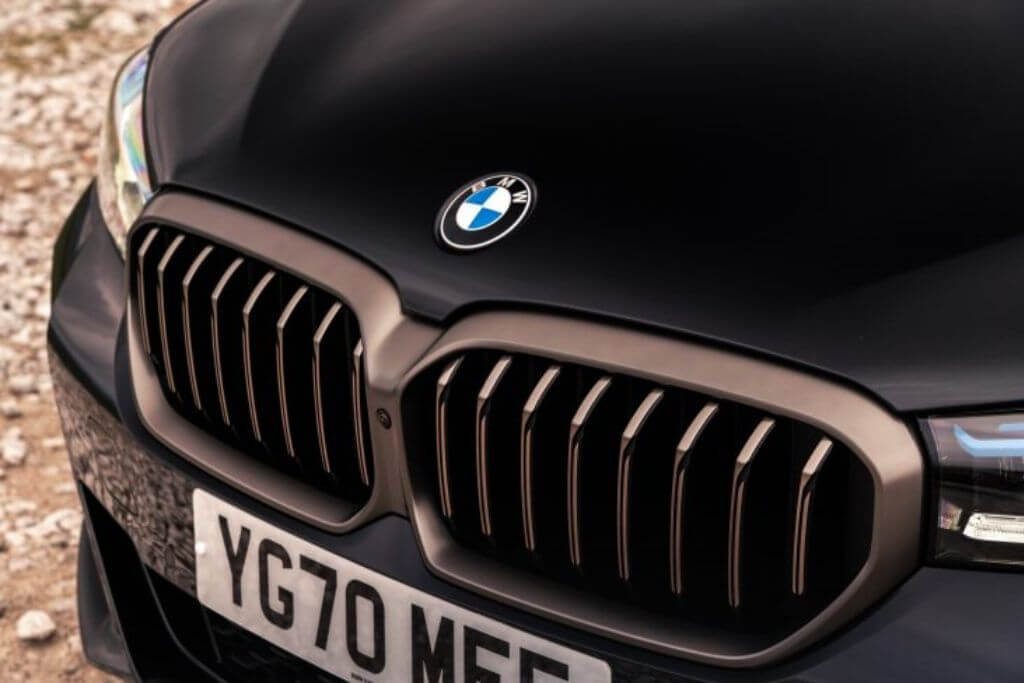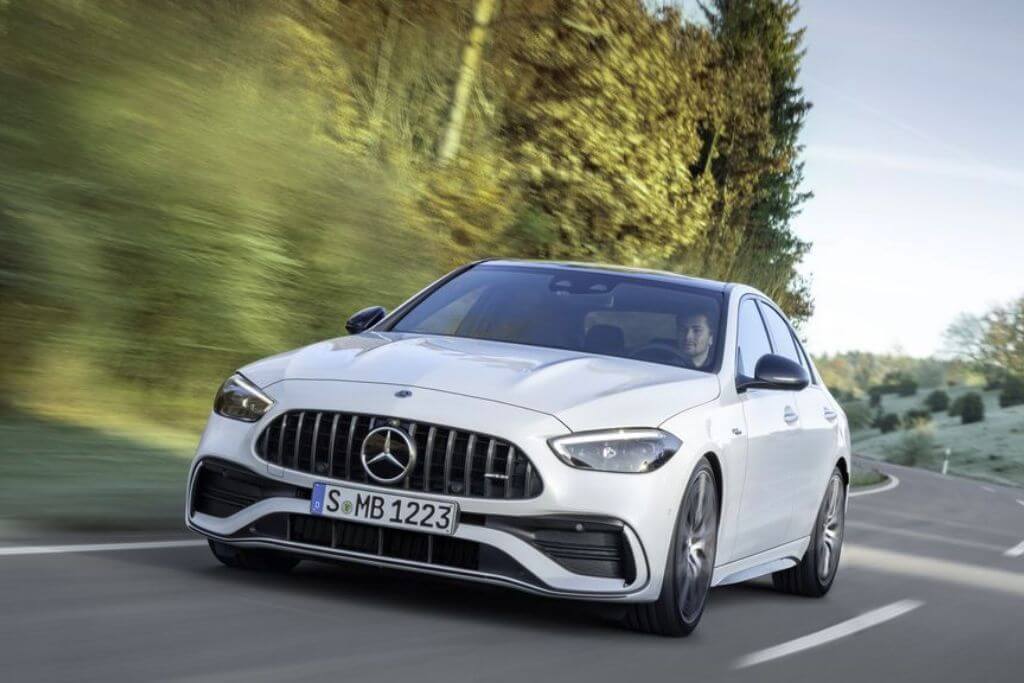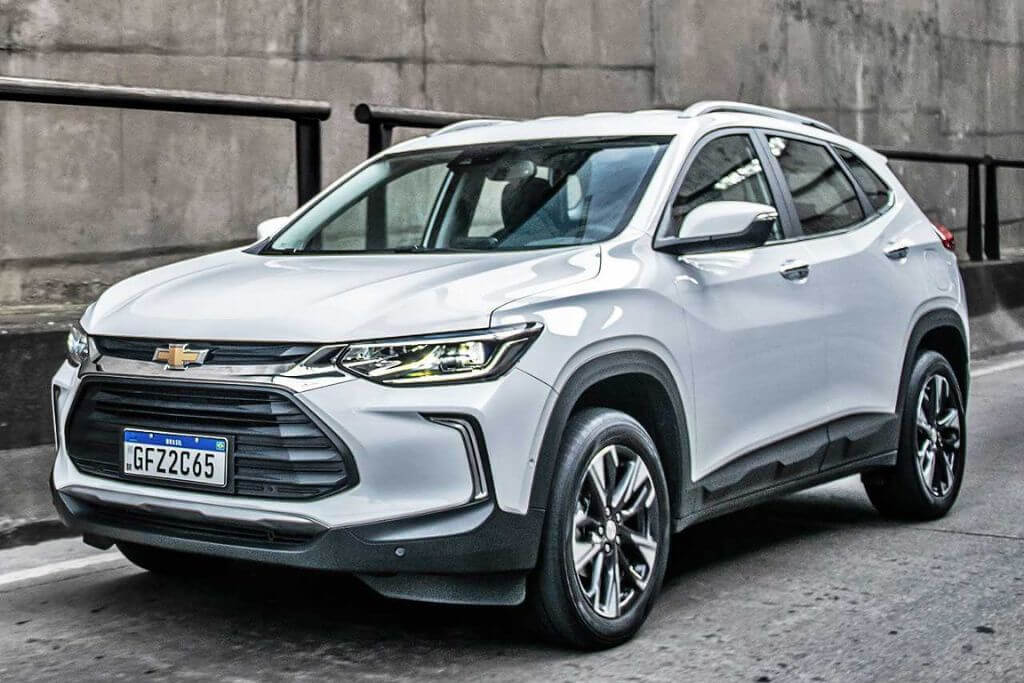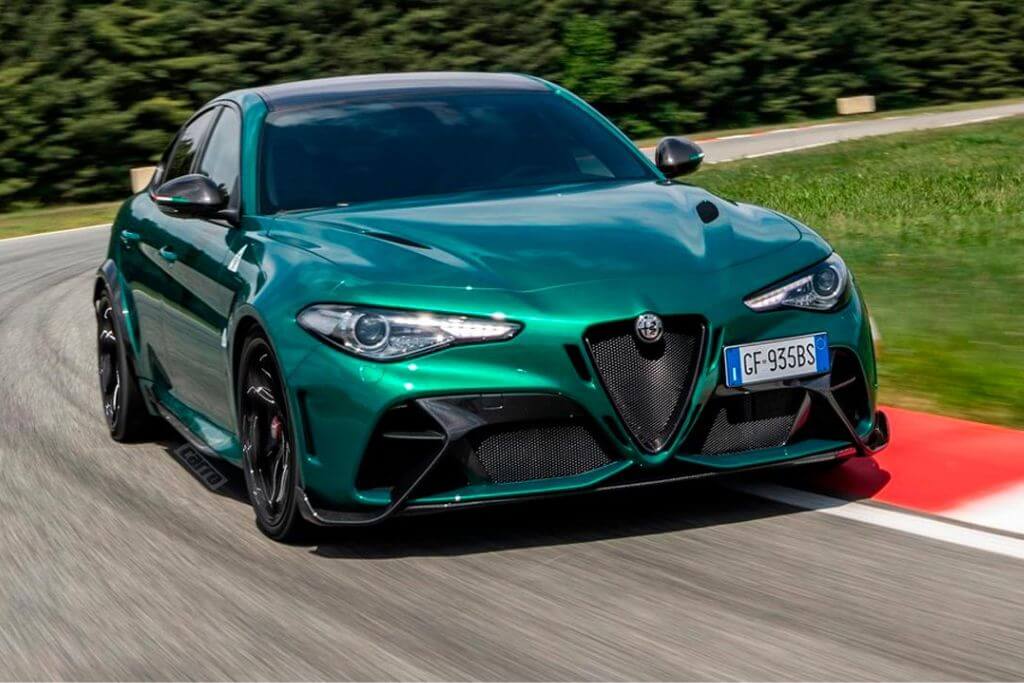Learn more about the history of Lamborghini, the main rival of the iconic Ferrari
Adverts
The Lamborghini story is truly fascinating and is often recognised as one of the most engaging narratives in the automotive industry.
This story has even inspired the production of a film that explores the beginnings of Lamborghini and its legendary rivalry with Ferrari, an iconic Italian brand.
The company's founder, Ferruccio Lamborghini, began his journey in the automotive world by building tractors in a town in the Italian countryside.
Adverts
The surprising transition from tractors to luxury sports cars is often questioned, but the answer lies in the rivalry that was born between Lamborghini and Enzo Ferrari, one of the biggest competitors of the time.
The story began when Ferruccio bought a Ferrari and voiced his criticisms, pointing out the car's defects. Enzo Ferrari then belittled Lamborghini, claiming that his car had no problems and suggesting that Ferruccio should stick to his tractor-building business, insinuating that he didn't know anything about cars.
These provocative comments prompted Ferruccio to found Lamborghini Automobili on 30 October 1963, establishing its factory in Sant'Agata Bolognese.
The brand's first model, the Lamborghini 350 GT, was a direct and vengeful response to Ferrari, marking the start of a legendary rivalry between the two Italian marques.
Since 1963, Lamborghini has enjoyed immense success, becoming a major rival to Ferrari thanks to the vision and determination of Ferruccio Lamborghini.
After Ferruccio's death in 1993, his legacy was preserved, and in 1998, the Volkswagen Group acquired the Italian brand, ensuring the continuity of the influential Lamborghini saga.
Quick Index:
Lamborghini and the tracks
Lamborghini is certainly known not only for producing fast cars, but also for developing models specially designed for exceptional track performance. Among these track-optimised street models is the renowned Lamborghini Aventador SVJ.
The Aventador SVJ is an impressive Italian car that boasts a 6.5-litre V-shaped 12-cylinder aspirated engine capable of generating an incredible 770 horsepower and 73.4 kgfm of torque.
You might be interested:
- The 5 best online auction sites
- How to tell if an online auction site is reliable
- Discover the Car and Motorbike Auctions
This power allows the vehicle to reach the impressive 0 to 100 km/h mark in just 2.8 seconds, with a top speed of 350 km/h.
Considered the brand's fastest car, the Aventador SVJ is a light and powerful machine, with many internal parts made of carbon fibre, sports seats and seat belts designed for motor racing.
Another remarkable track-ready member of the Lamborghini family is the Huracan STO. This car features a 10-cylinder V engine, providing acceleration from 0 to 100 km/h in an incredible 3 seconds, competing directly with the SVJ.
With refined aerodynamics, similar to the SVJ, designed for exceptional cornering performance, the Huracan STO also has an interior optimised for weight reduction, with seats and seat belts specially designed for racing.
Both models stand out not only for their impressive speed, but also for their ability to cope with the challenging demands of race tracks.
Lamborghini Miura
The Miura is undoubtedly the defining face of the brand, and its launch solidified its position by winning the title of best classic car, rivalling even the legendary F40. This iconic vehicle is truly a Lamborghini icon.
Equipped with a huge 12-cylinder central engine, the Miura achieved an impressive 387 horsepower at the time of its launch. This remarkable power meant that the Miura quickly became adored and admired all over the world, contributing to the Italian brand's extraordinary reputation.
The Miura's innovative engineering was a masterpiece, standing out for its aggressiveness compared to other vehicles of the time. Its design, perfectly conceived for a supercar, instantly conveyed a sense of power and aggression as soon as you laid eyes on it.
In addition to its impressive aesthetics, the Miura gained recognition for its exceptional performance. With incredible acceleration, it could reach the 0 to 100 km/h mark in just 5.5 seconds.
This feat contributed to its reputation as one of the fastest cars of the time, further solidifying the Miura's legendary status in automotive history.
Lamborghini Aventador and the V12
The Lamborghini Aventador, equipped with the iconic V12 aspirated engine, is a true benchmark for motoring enthusiasts. This super sports car, which has become incredibly famous, is comparable to the renowned Gallardo, but the Aventador has earned its place as one of the most prominent in the world.
The Aventador's aggressive design has not gone unnoticed, becoming a frequent presence in films, videos, magazines and social networks. The car continues to captivate the public, remaining beloved even today.
The first version of the Aventador, known as the LP700, referred to the vehicle's impressive 700 horsepower. Launched in 2011, production of this version ended in 2023.
Unfortunately, the time has come to retire the legendary Italian 12-cylinder aspirated bull. The Aventador was notable for being the first Lamborghini model to feature a completely new engine in its 12-cylinder line-up, differentiating itself from previous versions, which were incremental improvements on their predecessors.
Miura x Daytona
In the 1970s, two iconic sports cars played out a legendary clash on the track, marking an epic confrontation between Lamborghini and Ferrari and generating headlines that echoed throughout the motoring scene.
Known as "Beauty and the Beast", this duel involved two Italian supercars meticulously designed to conquer both the tracks and the streets.
The Lamborghini Miura, representing the iconic Italian bull, boasted a central 4-litre V12 engine, generating 385 horsepower and 40.7 mkgf of torque.
On the other hand, the Ferrari Daytona, also called the Ferrari 365 GTB4, embodied the majestic Italian horse, equipped with a 4.4-litre V12 engine capable of delivering 352 horsepower.
Although Ferrari had managed to create a car with similar power and at a lower cost than the Miura, the success of the Italian bull was inevitable. The preference for the Miura was attributed to its reputation for being sportier and aesthetically appealing, making it the obvious choice for many enthusiasts.
Best-selling models
The Lamborghini Urus, the brand's super SUV, currently holds the record for sales in a short period, with an impressive 5,300 units sold globally. However, the title of best-selling car in Lamborghini's history belongs to another model.
Lamborghini's real best-seller is the Gallardo, which has become the brand's best-selling car to date and has become a global icon. Due to its status as a super sports car with a more affordable production cost and, consequently, a more attractive selling price, the Gallardo has achieved great success.
Produced from 2003 to 2013, the Gallardo registered an incredible 14,000 units sold worldwide, solidifying its position as the best-selling car in the history of the company. Lamborghini.
You may be interested:
- Free dental implants in the Smiling Brazil Programme
- Receivables: how to claim on time
- All about the Winter Bono
Did you like this content? Share it with your loved ones and save it to your favourites for future reference.








